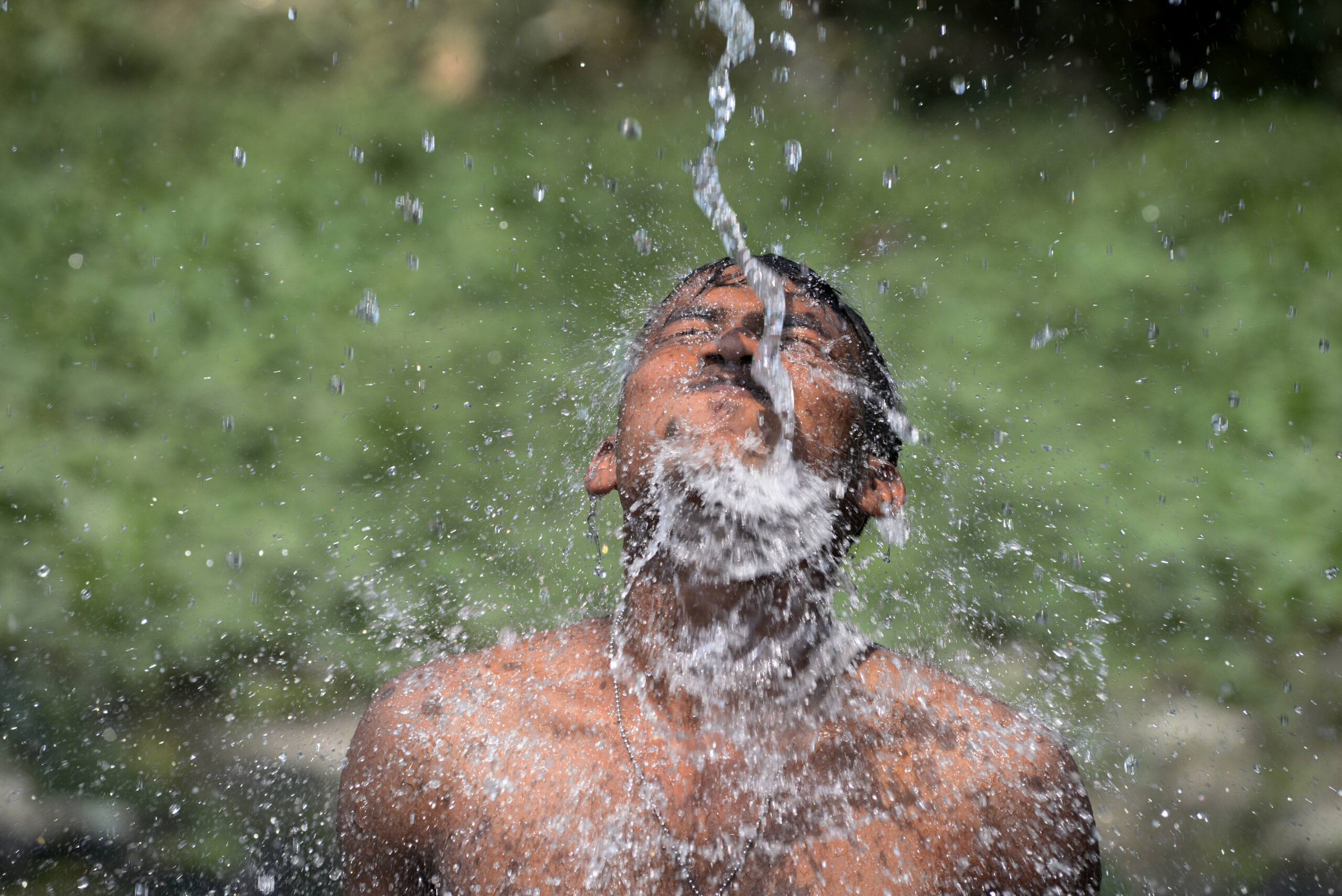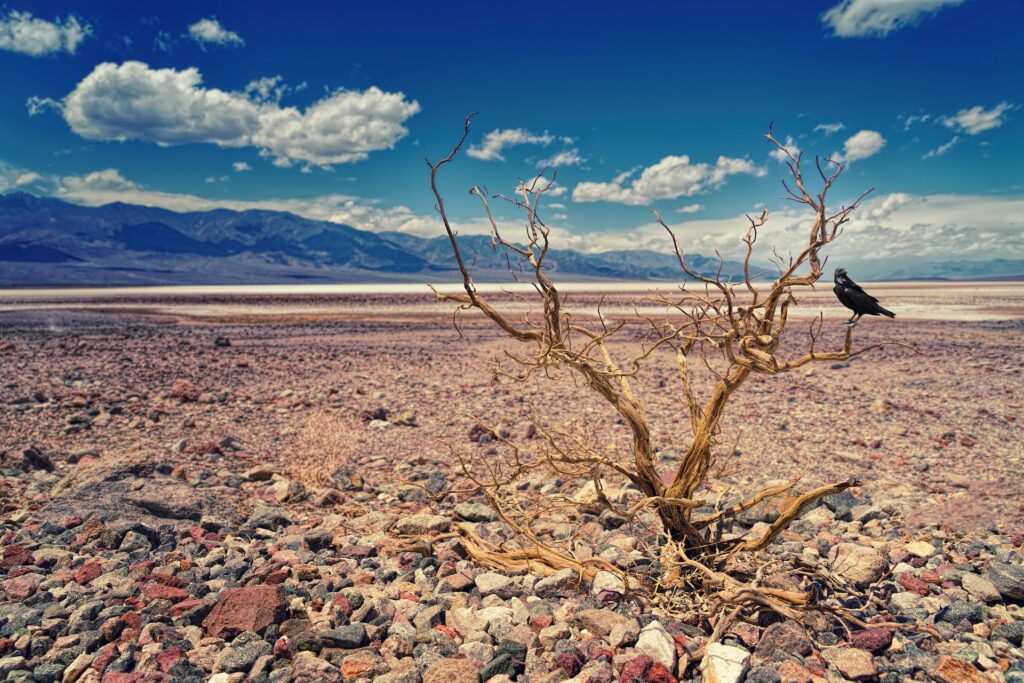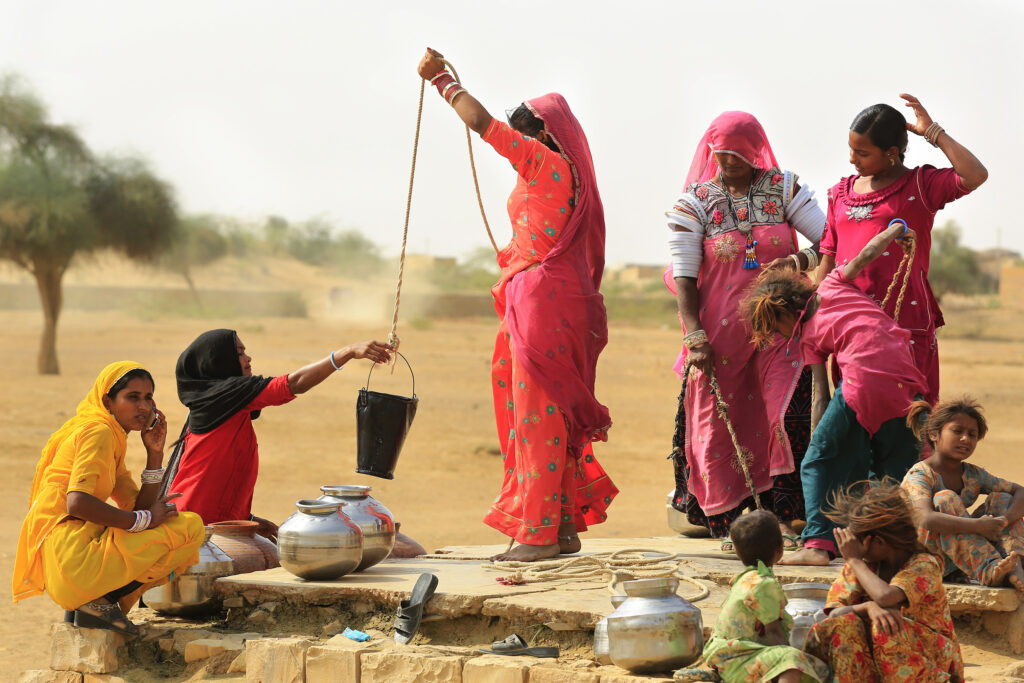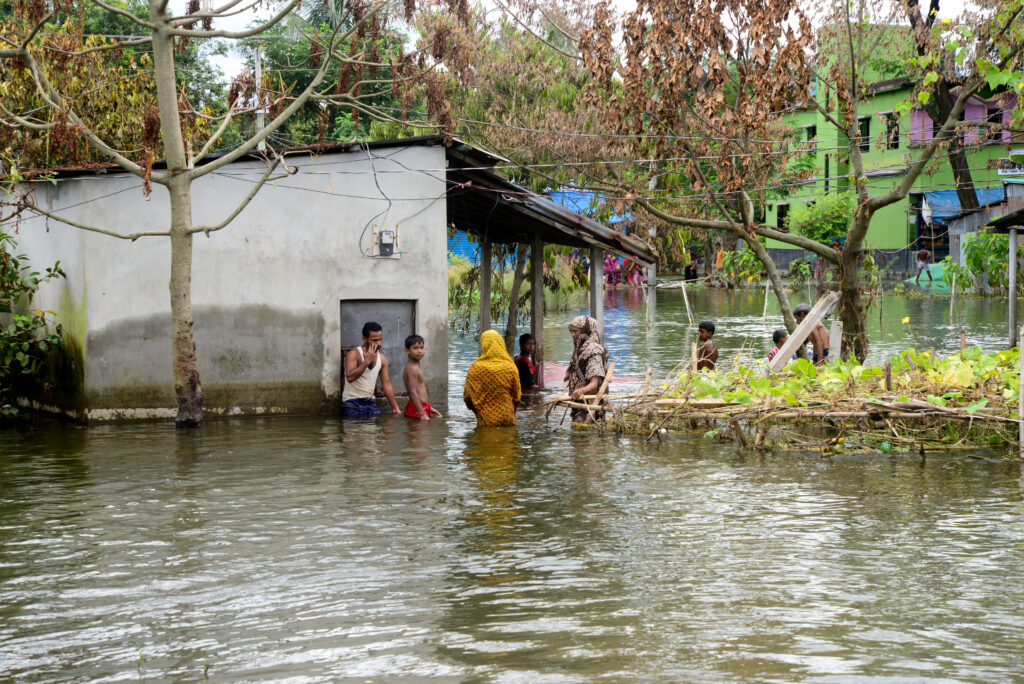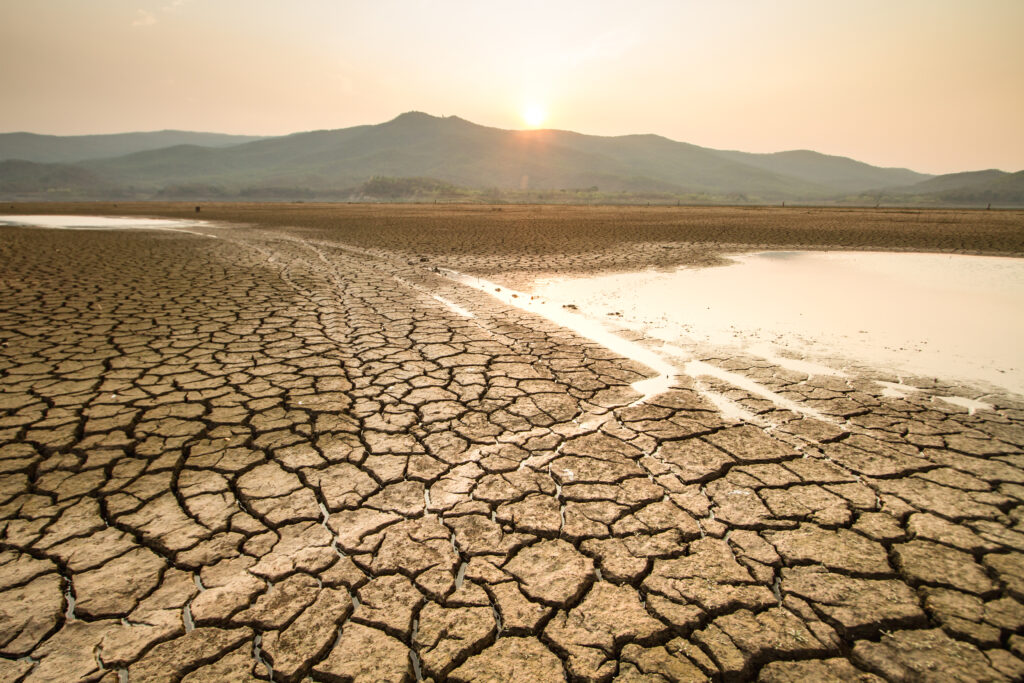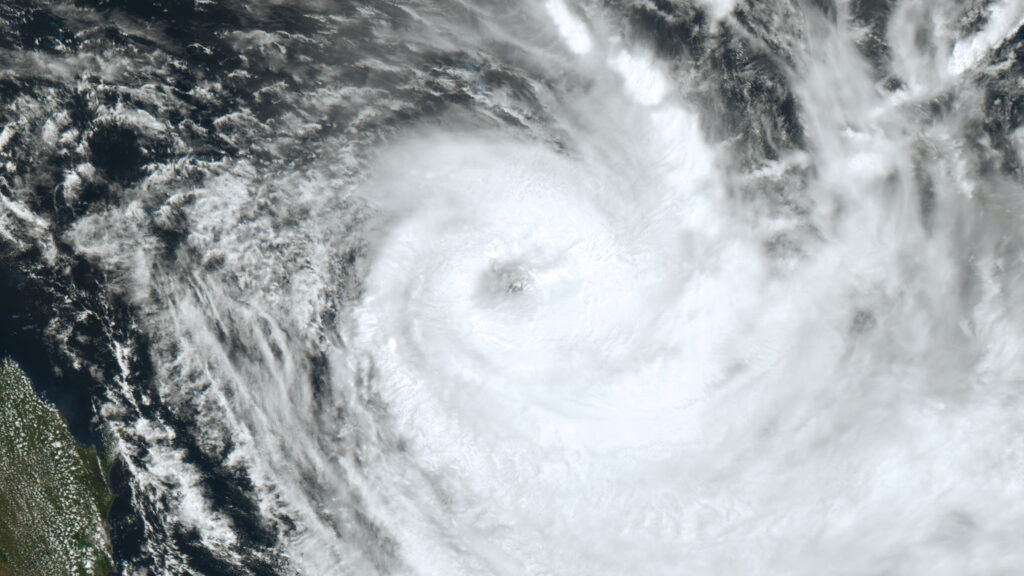2023 is bringing India some of its highest temperatures as heat waves in India sweep across the country. This is a similar trend seen worldwide, with early July 2023 marking the planet’s hottest day on record.
In the last decade, heat waves have become increasingly common and extreme. In India, this creates health and safety concerns for the country’s rapidly growing population, which already relies on an infrastructure system that is struggling to keep up. This results in power shortages, elevated dust and air pollution levels and the accelerated melting of the glaciers in the Himalayas.
Without adequate heat adaptation strategies, up to 200 million Indians will face extreme temperatures annually by 2030, and an additional 34 million Indians will contend with job losses due to heat stress.
Heat Wave Across India in 2023
India is known for having heat waves and maximum temperatures throughout the summer months of May and June, but the heat wave in India came early in 2023. February 2023 was the country’s hottest February since 1901.
These record-setting temperatures have continued, with unusually intense heat waves throughout May and June 2023. This was made worse by delayed monsoon rains, which normally cool parts of the country starting in late May but arrived in June this year. Temperatures have exceeded 40oC for several consecutive days across several Indian states, which is 5oC higher than average.
This comes following 2022, the country’s fifth-warmest year on record. Nearly 90% of India’s population now lives in heat wave “danger zones”, with experts warning that temperatures in some regions are approaching the limits of survivability for humans.
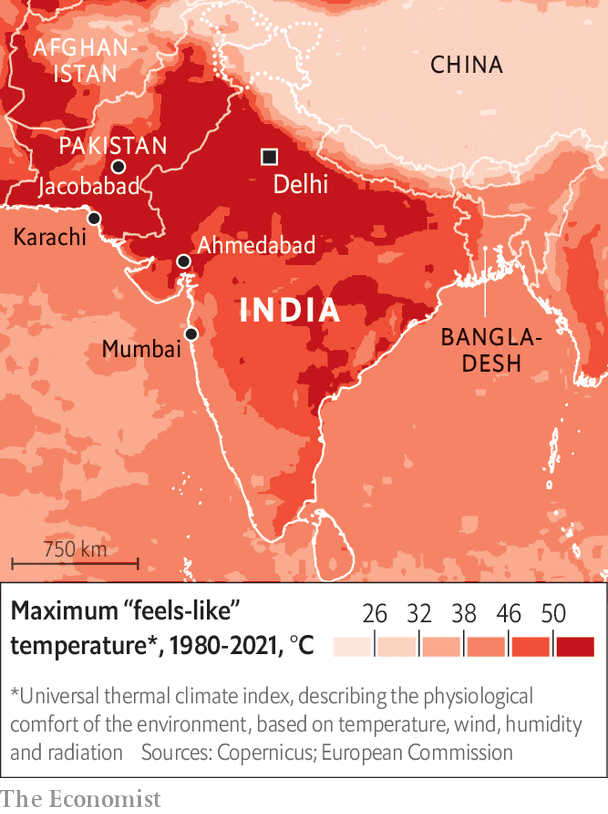
How Many People Died in India’s 2023 Heat Wave?
While exact figures vary, nearly 100 people died in the June portion of the Indian heat wave in 2023. However, this was in only two states: Uttar Pradesh and Bihar. The statistic doesn’t account for the many more that were likely hospitalised or died from other issues aggravated by the severe heat wave and actual maximum temperatures.
However, this is a small number among the estimated 17,000 who have died from heat waves in the country since the early 1990s. And heat-related deaths are on the rise. A study by Lancet found that heat-related deaths rose by 55% in the periods from 2000-2004 and 2017-2021.
Why Are There Heat Waves in India – The Causes
India is susceptible to heat waves due to many global reasons that affect countries worldwide and regionally specific factors.
Climate Change, Geography and the Monsoon
Climate change, driven by global warming and greenhouse gas emissions, is a significant contributor to the increasing frequency and severity of heat waves around the world. Rising concentrations of greenhouse gases in the atmosphere trap heat, leading to a gradual increase in average temperatures. This trend creates favourable conditions for heat wave events, such as changing weather patterns and altering climate circulation.
India’s geographical features also play a significant role in the occurrence of heat waves. The presence of the Thar Desert in northwest India creates hot and dry conditions, leading to elevated temperatures. The proximity to the equator also exposes the country to direct sunlight and higher solar radiation.
Meanwhile, India’s climate is characterised by distinct monsoon seasons. During the pre-monsoon and post-monsoon periods, when rainfall is scarce, heat waves are more likely to occur. Dry spells and high temperatures contribute to the intensification of heat waves.
Deforestation and Urban Heat Island Effects
Deforestation and changes in land use patterns significantly impact temperature and weather patterns. India has witnessed extensive deforestation, primarily for agricultural expansion and industrialisation. The loss of forests reduces the cooling effect of trees and contributes to higher temperatures, amplifying the intensity of heat waves.
Rapid urbanisation in India has resulted in the development of sprawling cities – including two of the 10 largest cities in the world. This has exacerbated what is known as the “heat island effect”. Urban areas experience higher temperatures due to the absorption and retention of heat by buildings, concrete and asphalt. This effect exacerbates the intensity of heat waves in urban centres and is a major concern for the 10% of the population living below the country’s USD 2.15 per day poverty line.
The Effects of Heat Waves in India
Heat waves in India already significantly impact the country and will grow as climate change progresses.
Effects on Agriculture
India’s economy heavily relies on agriculture, which accounts for 18% of its GDP and employs 60% of its population. High temperatures and moisture stress can result in reduced crop yields, wilted plants and crop failures. Heat waves can also disrupt the flowering and fruiting stages of crops, affecting their quality and market value.
The agricultural losses during heat waves directly affect farmers’ livelihoods, food security and the overall economy. Heat waves in 2022 caused a 23% decline in kinnow yields in Punjab, a 19% decline in chickpea production in Haryana and a 15-25% decline in wheat yields, on average, across the country.
Increased Electricity Consumption and Load-Shedding
Heat waves lead to a surge in energy demand as people rely on cooling systems such as air conditioners and fans. The increased electricity consumption can overload power grids, leading to power outages and disruptions in daily life.
India’s power infrastructure is already under stress, and heat waves over the last six years have led to ongoing power cuts throughout the summer months. In 2022, 66% of the country faced power outages. Estimates put the country’s GDP loss due to power shortages in just the manufacturing sector at 1-1.9% in 2022.
Affects on Human Health and Economic Losses
Additionally, heat waves pose significant health concerns for all people, yet major risk groups include low-income communities, older people and people that work outside. Extreme heat can cause several types of heat-related illnesses, such as heat stroke, heat exhaustion, increased human body temperatures, heat cramps etc., that can lead to death in severe cases.
These health issues and safety measures significantly reduce workers’ productivity. In 2021, India had an economic loss of USD 159 billion and 167 billion hours of potential labour due to the extreme heat. This is a 39% increase from the 1990s.
Climate Change and Heat Waves in India
The heat wave in India in 2023 is a grim reminder of the urgent need to address climate change and its impacts. India’s average temperature has increased by 0.62oC since 1991 and is predicted to rise by an additional 4.4oC by 2100.
Rising temperatures and extreme weather events are clear indicators of the detrimental effects of climate change on our environment, societies and economies. It is crucial to prioritise climate action and adopt sustainable practices to mitigate and adapt to these challenges.
Eric Koons
Writer, United States
Eric is a passionate environmental advocate that believes renewable energy is a key piece in meeting the world’s growing energy demands. He received an environmental science degree from the University of California and has worked to promote environmentally and socially sustainable practices since. Eric has worked with leading environmental organisations, such as World Resources Institute and Hitachi ABB Power Grids.
Eric is a passionate environmental advocate that believes renewable energy is a key piece in meeting the world’s growing energy demands. He received an environmental science degree from the University of California and has worked to promote environmentally and socially sustainable practices since. Eric has worked with leading environmental organisations, such as World Resources Institute and Hitachi ABB Power Grids.

